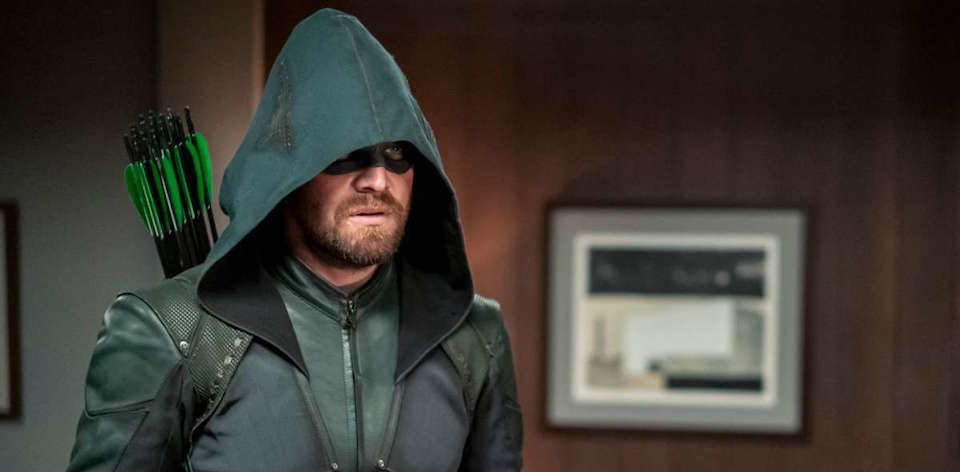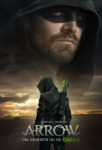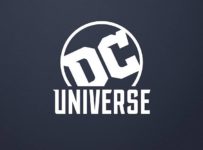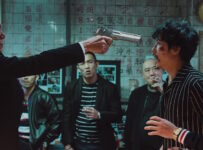CAUTION: In order to have a deep dive into this season, there will be plot points and major spoilers discussed. You have been warned.
Not every TV show is given the opportunity to go out on a high. Superheros on the small screen are notorious for being retired before their time. Just ask Swamp Thing. So, as someone who has literally written the book on Green Arrow, seeing my favourite hero on screen for eight years has been a rare gift. Now that journey has ended.
As the end of the seventh season drew near, two things became apparent. There was a major crossover event on the horizon and everyone’s contracts were expiring. Following star Stephen Amell’s emotional announcement that he would be leaving the show, the abbreviated 10-episode season came in hard and fast by preparing audiences for both scenarios.
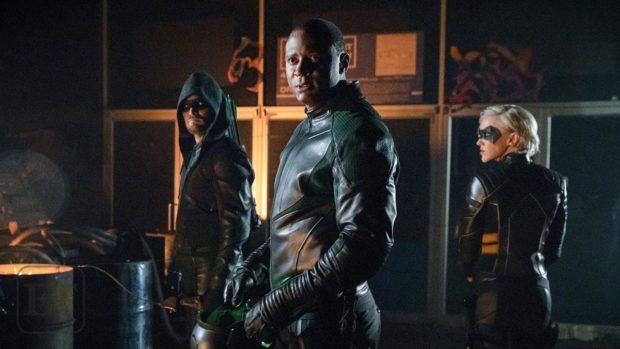
ARROW’s Season 7 was, to put it mildly, a little all over the place. Beginning with a prison plot that was loosely based on the aborted Green Arrow: Super Max screenplay, it covered a lot of ground: the introduction of half-sister Emiko Queen (from Jeff Lemire’s comic book run), perpetual flash-forwards to the future of 2040 and a whole lot of foreshadowing of the Crisis of Infinite Earths.
The eighth season was evidence of what would happen if the show had always followed the Netflix model of shorter story arcs. It opens with something of a combination of the classic Hard Travelling Heroes storyline (that is, Ollie on the road) and something that reminded me of a thread from 2007’s Countdown to Final Crisis comic, in which heroes tour the multiverse looking for MacGuffins.
In this case, the search for the totems meant a Monitor-led trip through Ollie’s greatest hits. A comic book finale involving time travel? That’s so 2019. Here he toured Earth-2 (in season opener “Starling City”), Hong Kong (“Welcome to Hong Kong”), Nanda Parbat (“Leap of Faith”), the Russian mob (in “Prochnost”) and, of course, Lian Yu (“Purgatory”).
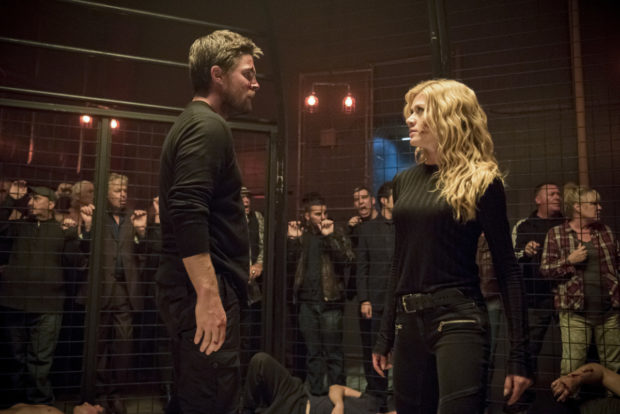
One of the more interesting episodes delved into two of my favourite things: alternate timelines and time loops. In the sixth episode called “Reset” – directed by David Ramsey (who plays Diggle in the series) – Ollie wakes up in Star City late for an event in honour of the still-living mayor Quentin Lance (guest star Paul Blackwell). Ollie and Laurel are forced to keep repeating various forms of Lance’s death, before it is revealed that it is all part of a test by the Monitor. For a character who has struggled with the weight of the deaths he has felt responsible for, it was a cathartic and emotional episode that was absolutely necessary before the series finale.
Even the future kids get a bit of a payoff, where the 2040 and 2020 Team Arrow finally meet in “Present Tense.” Now some of this is a pure cynical move, setting up a backdoor pilot (discussed below) and capping off a whole lot of loose threads from the previous year. Yet there’s some beautiful moments here, with Mia (Katherine McNamara) getting to confront her absentee father. Ollie’s response to his son William (Ben Lewis) coming out was perfect: “Yeah buddy, I know… we just, well we hoped that you were gonna come out to us when you were comfortable. You clearly didn’t get that chance. And, that’s on me so, I’m sorry.”
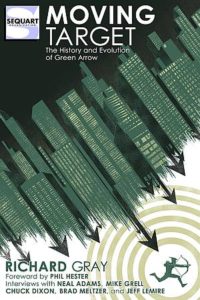
The main event was, of course, Crisis on Infinite Earths: the five-part crossover with Supergirl, Batwoman, The Flash, and Legends of Tomorrow. Many of us assumed that Ollie would bite the dust at the end of the arc, so perhaps the biggest twist came early in the crossover with when he was killed off in the first episode. He’s later resurrected as the Spectre, a kind of DC deity in a storyline that combines aspects of Green Arrow’s history with Green Lantern comic book arcs like Emerald Twilight and Day of Vengeance. Appropriately, it ultimately ends in ARROW’s eighth episode of the season (“Crisis on Infinite Earths: Part Four”) with the transformed Ollie in a showdown with the Anti-Monitor where he dies. Again.
This was a majorly emotional moment for this bearded super fan. It’s not the first time I’ve seen Ollie die (that would be in Green Arrow Vol 2 #101 back in 1995), but it was the deepest cut. Like Iron Man’s demise at the end of Avengers: Endgame, Ollie’s declarative death was not just a hero’s ending for a ‘Hood’ once considered to be Public Enemy #1, but a sacrifice that quite literally rewrote the DC television universe as we know it. While I regretted seeing him go, he sure did know how to make an exit.
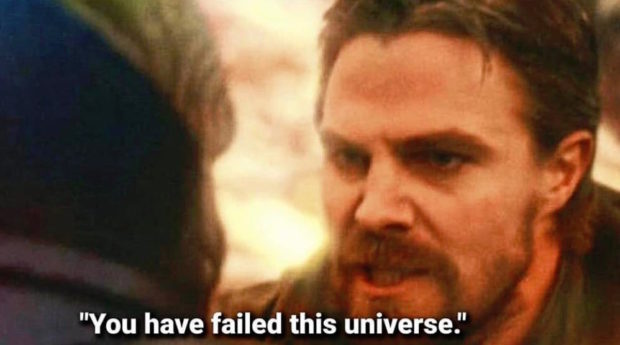
READ MORE: Crisis on Infinite Earths and the success of DC on TV
Which you think would be the end of a series. Showrunner Marc Guggenheim still had two more trick arrows in his quiver. The first was the aforementioned backdoor pilot, a bottle episode named “Green Arrow and the Canaries.” While series tradition has been to name every penultimate episode after a Bruce Springsteen song, the CW insisted that “Livin’ in the Future” was instead named for the potential spin-off.
Set immediately after Crisis, the show takes us to Star City in 2040 – but with a few changes. Green Arrow is a revered city hero thanks to saving the multiverse. His daughter Mia (Kate McNamara) is now a socialite, now growing up without a father for a very different reason. 2020 era Laurel (Katie Cassiday) comes careening in on a motorcycle and is every bit the Canary we wanted her to be on the main show. Like Dinah (Juliana Harkavy), now a lounge singer, she retains some memories of the pre-Crisis world.
When Mia’s friend is kidnapped, a quick zap from J’onn J’onzz’s ring jolts Mia’s memory of her past life. She reluctant teams up with the Canaries for some badass adventures. Having its cake and eating it too, it’s a ready-made formula that can pick up where Arrow leaves off without changing much of the cast. Sure, we don’t really know why Laurel and Dinah wound up in the future, but does it really matter when the show is this fun? It’s a slick adventure that, judging by the social media reaction, is bound to be picked up in the fall.
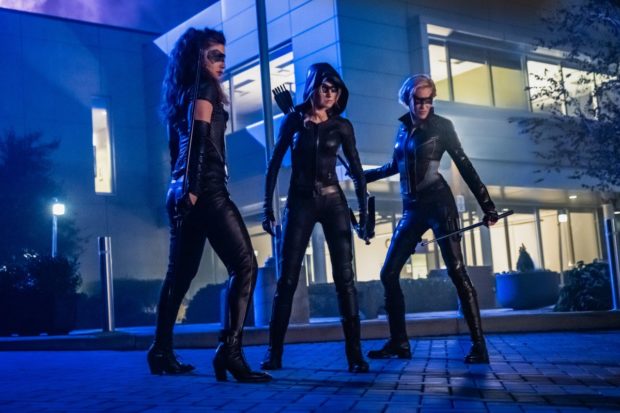
So from the perspective of it being a spin-off pilot, it worked flawlessly. As the penultimate episode of the show, it’s a clear indicator of how the Arrowverse might function without Oliver Queen. Which leads us to the actual series finale: “Fadeout.” Penned by showrunners Guggenheim and Beth Schwartz, who have been with the series since the beginning, it addressed the major absence of the season: Ollie’s wife and tech guru, Felicity.
READ MORE: Steady target: how ‘Arrow’ became the most important comic book show on TV
Guggenheim and Schwartz has the unenviable task of giving the show and its fans closure while dealing with the fact that its lead has been dead for two episodes. So, they took a leaf out of the 1993 comic Funeral for a Friend, published after the Death of Superman arc. Reflecting back on the previous eight years through flashbacks (used for the last damn time), we get a perspective on how Ollie has changed within the almost throwaway context of a kidnapping and a final suit-up as the connective glue.
We also got a glimpse of how the multiverse has changed the fates of several characters, bringing back several dead characters along with practically everyone ever associated with the show. It’s a roadmap to how things might progress if they ever decide to fill in the gaps between “Fadeout” and “Green Arrow and the Canaries,” and a coda where Ollie literally gets his reward in some kind of afterlife. (Of course, I’d be remiss to not to mention the bombshell of the long-awaited union of Diggle with a glowing green box from space, one that would imply we may be seeing him in the forthcoming HBO series Green Lantern).
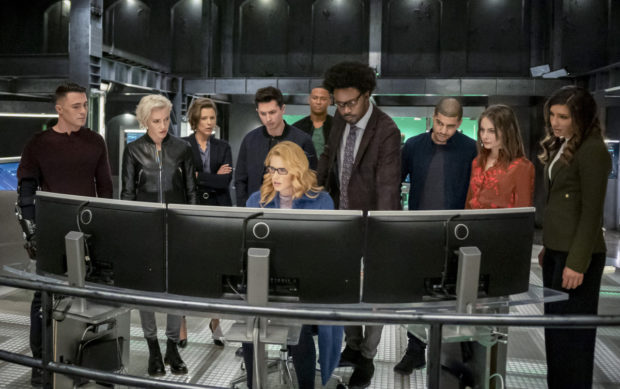
ARROW is over but the universe it spawned is far from it. With five spin-offs and counting, and a multiverse of possibilities ahead, the final season is a blueprint for what is to come. When you think about where the show started, as a dark Batman clone that refused to acknowledge capes, it’s amazing that its final season was built as a lynchpin in an all-star crossover. Here’s to the future of the Arrowverse – the spin-offs, the cameos, and the inevitable Season 9 in comic book form.
2019-20 | US | SHOWRUNNERS: Marc Guggenheim and Beth Schwartz | CAST: Stephen Amell, David Ramsey, Rick Gonzalez, Juliana Harkavy, Katherine McNamara, Ben Lewis, Joseph David-Jones, LaMonica Garrett, Katie Cassidy | DISTRIBUTOR: CW (US), Fox8 (AUS) | EPISODES: 10

